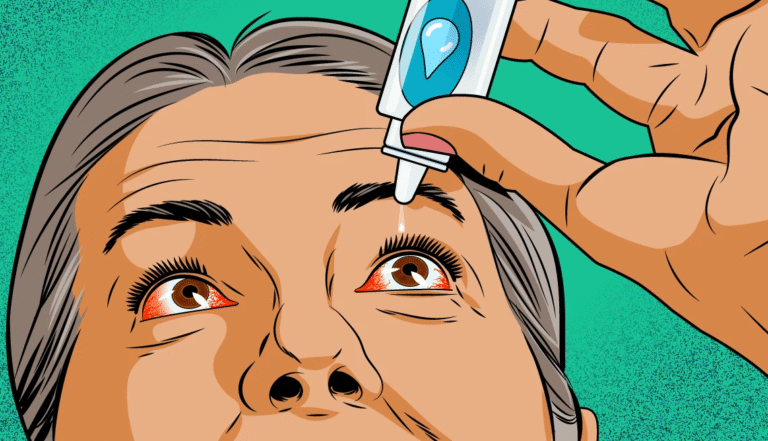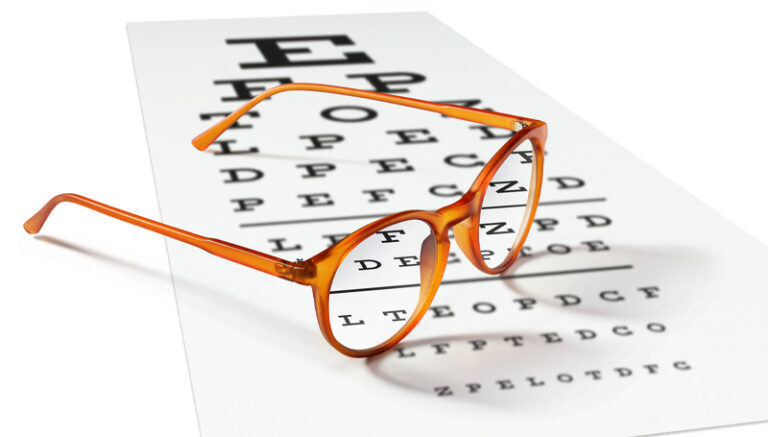Common Eye Diseases and Their Symptoms

Our eyes are among the most sensitive and important organs in the body. They help us see the world, connect with our surroundings, and enjoy life in full color and clarity. However, like other parts of the body, our eyes can also suffer from diseases. Some of these are common and easily treatable, while others can be serious and may lead to vision loss if not caught early.
In this article, we’ll talk about some of the most common eye diseases and their symptoms, so you know what signs to watch out for and when to seek medical help.
1. Cataracts
What Are Cataracts?
Cataracts occur when the lens inside the eye becomes cloudy. This cloudiness blocks light from passing through clearly, making vision blurry.
Symptoms of Cataracts:
- Blurry or foggy vision
- Seeing glare or halos around lights, especially at night
- Colors look faded or yellowed
- Double vision in one eye
- Frequent changes in glasses prescription
Cataracts are common as people age, but they can also be caused by injury, diabetes, or long-term exposure to sunlight.
2. Glaucoma
What Is Glaucoma?
Glaucoma is a group of eye conditions that damage the optic nerve, usually due to high pressure inside the eye. It can lead to permanent blindness if not treated early.
Symptoms of Glaucoma:
- No early symptoms in many cases (also known as the “silent thief of sight”)
- Gradual loss of peripheral (side) vision
- Tunnel vision in advanced stages
- Eye pain or redness
- Nausea or vomiting (in acute cases)
- Blurred vision
There are several types of glaucoma, and regular eye check-ups are key to catching it early.
3. Macular Degeneration
What Is Macular Degeneration?
Macular degeneration affects the macula, the central part of the retina responsible for sharp, central vision. It is one of the leading causes of vision loss in people over 60.
Symptoms of Macular Degeneration:
- Blurred or distorted central vision
- Straight lines appear wavy
- Difficulty recognizing faces
- Dark or empty spots in the center of your vision
There are two types: dry macular degeneration (more common and progresses slowly) and wet macular degeneration (less common but more severe).
4. Diabetic Retinopathy
What Is Diabetic Retinopathy?
This eye disease occurs in people with diabetes when high blood sugar levels damage the blood vessels in the retina. It can lead to vision problems and even blindness if not managed properly.
Symptoms of Diabetic Retinopathy:
- Floaters or spots in vision
- Blurred vision
- Dark or empty areas in vision
- Difficulty seeing at night
- Sudden vision loss (in advanced cases)
Controlling blood sugar and having regular eye exams is essential for people with diabetes.
5. Conjunctivitis (Pink Eye)
What Is Conjunctivitis?
Conjunctivitis, also known as pink eye, is an inflammation or infection of the conjunctiva — the thin layer that covers the white part of the eye. It is very common and contagious.
Symptoms of Conjunctivitis:
- Red or pink color in the white of the eye
- Itchy or burning sensation
- Watery or sticky discharge
- Crusting of eyelids, especially after sleep
- Sensitivity to light
Conjunctivitis can be caused by viruses, bacteria, allergens, or irritants.
6. Dry Eye Syndrome
What Is Dry Eye?
Dry eye happens when your eyes don’t make enough tears or the tears evaporate too quickly. This can make your eyes feel uncomfortable or irritated.
Symptoms of Dry Eye:
- Stinging or burning sensation
- Feeling like something is in the eye
- Redness or watery eyes
- Blurred vision
- Eye fatigue
Dry eye can be triggered by screen time, aging, windy environments, medications, or health conditions
7. Retinal Detachment
What Is Retinal Detachment?
This is a medical emergency where the retina pulls away from the back of the eye. It can cause permanent vision loss if not treated quickly.
Symptoms of Retinal Detachment:
- Sudden appearance of floaters
- Flashes of light in one or both eyes
- A shadow or curtain over part of your vision
- Blurred vision
If you notice these symptoms, seek immediate help from an eye specialist.
8. Amblyopia (Lazy Eye)
What Is Amblyopia?
Amblyopia is a condition where one eye doesn’t develop proper vision, often during childhood. If untreated, the brain starts to ignore input from the weaker eye.
Symptoms of Amblyopia:
- One eye wanders inward or outward
- Poor depth perception
- Difficulty with reading or school tasks
- Squinting or closing one eye
Early treatment like patching the stronger eye or using special glasses can improve vision.
9. Eye Allergies
What Are Eye Allergies?
Also known as allergic conjunctivitis, eye allergies occur when the eyes react to allergens like pollen, dust, or pet dander.
Symptoms of Eye Allergies:
- Red, itchy eyes
- Tearing
- Swollen eyelids
- Burning sensation
- Sensitivity to light
These symptoms are not contagious and often improve with antihistamines or avoiding the allergen.
Importance of Regular Eye Exams
Many eye diseases begin without noticeable symptoms. That’s why routine eye exams are so important. Early detection allows for better treatment and can prevent vision loss.
Whether you wear glasses or feel your vision is perfect, you should still have your eyes checked at least once every 1–2 years, especially if you’re over 40 or have conditions like diabetes or high blood pressure.
5 Frequently Asked Questions (FAQs)
1. What is the most common eye disease in older adults?
Cataracts are the most common eye disease in older adults. Almost everyone will develop cataracts as they age, but they can be treated with surgery when vision becomes affected.
2. Can eye diseases be prevented?
Some eye diseases can’t be fully prevented, especially those related to aging or genetics. However, healthy habits like wearing sunglasses, not smoking, eating a balanced diet, and managing conditions like diabetes can reduce your risk.
3. What are early signs of eye problems?
Early signs may include blurry vision, floaters, eye pain, redness, or difficulty seeing at night. Any sudden change in your vision should be checked by an eye doctor.
4. Is vision loss from eye diseases permanent?
In some cases, like with glaucoma or advanced macular degeneration, vision loss can be permanent. However, early diagnosis and treatment can slow or prevent further loss.
5. How often should I get my eyes checked?
Adults should have their eyes examined every 1–2 years. People with diabetes, high blood pressure, or a family history of eye disease may need more frequent checkups.
Final Thoughts
Our eyes are precious and deserve proper care. Many common eye diseases can be managed or treated if caught early. Learning the symptoms and scheduling regular eye exams can go a long way in protecting your vision for years to come.
If you notice anything unusual about your eyes or vision, don’t wait — consult an eye care professional. Early action can make all the difference.
Dr. Emma Green is a health and wellness expert with over 10 years of experience in nutrition and fitness. Passionate about helping others live their healthiest lives, Dr. Green shares practical advice on wellness, nutrition, and sustainable living through LivingSpristine.






